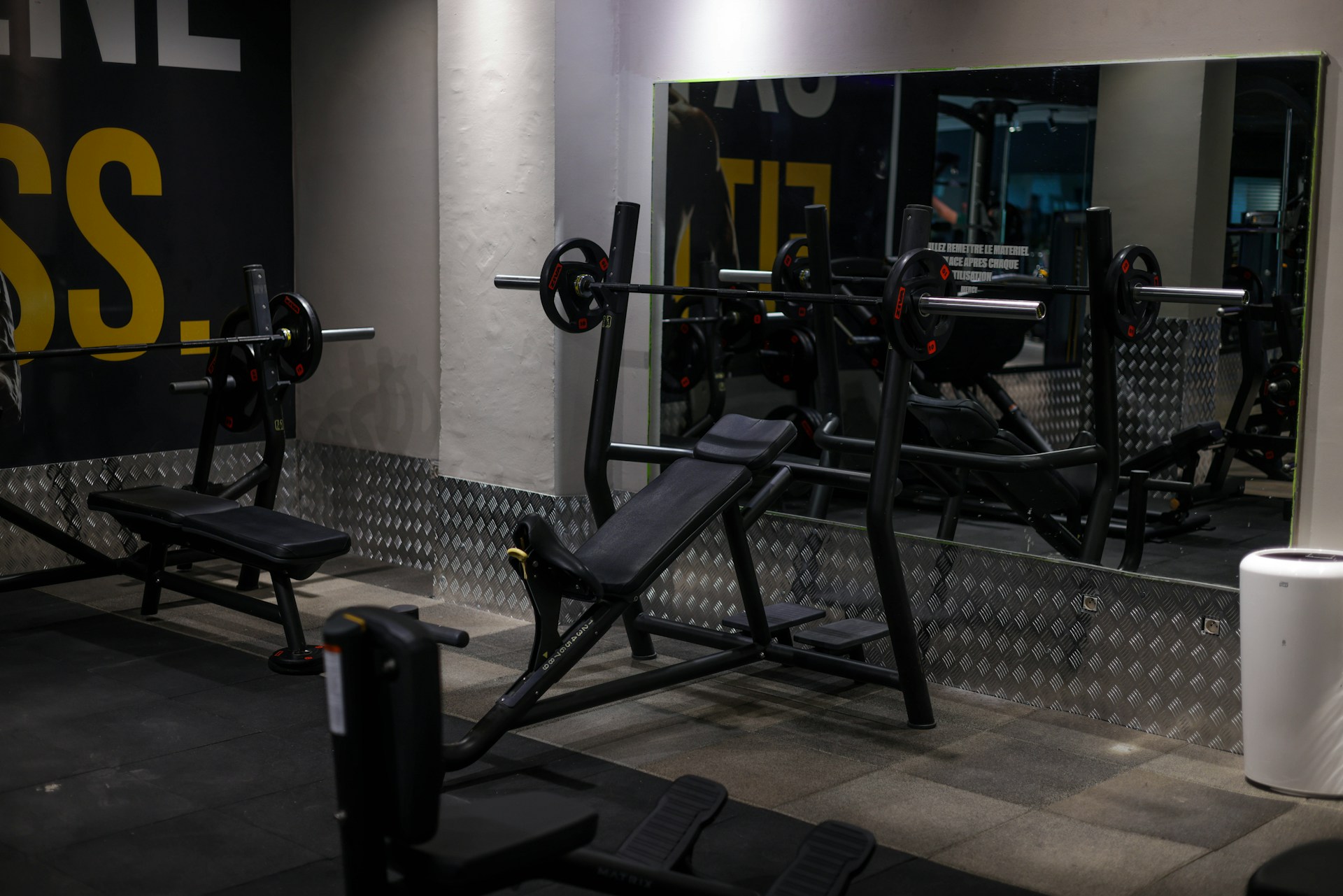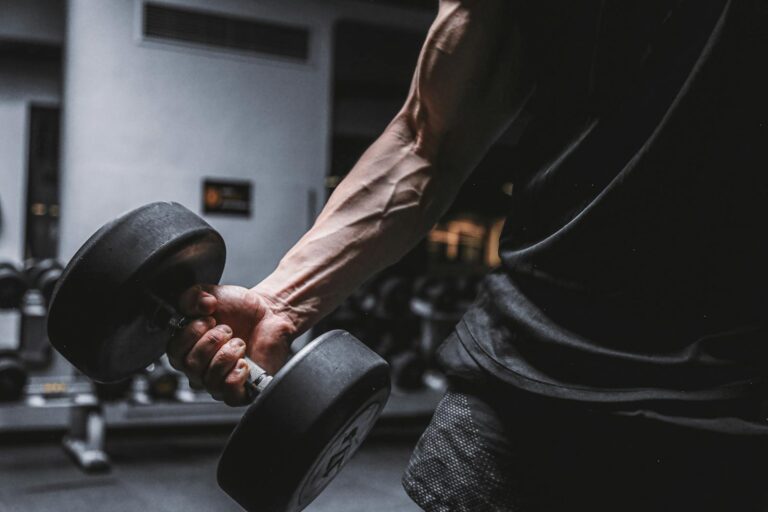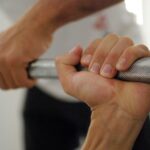If you could only perform one chest exercise for maximum development, the incline barbell bench press should be your top choice. While flat and decline presses have their benefits, the incline bench press provides superior muscle activation across the entire chest, leading to fuller, thicker, and more balanced pecs. Not only does it emphasize the often-neglected upper chest (clavicular head of the pectoralis major), but it also sufficiently targets the mid and lower portions, making it the most efficient chest exercise.
Let’s break down why the incline barbell bench press is superior and why it should be the foundation of your chest training.
1. The Upper Chest is the Weakest Link for Most Lifters
Many lifters develop their mid and lower chest with flat and decline presses but struggle to build the upper chest, leading to an underdeveloped, sagging look. A weak upper chest can make even a well-trained physique appear flat and incomplete.
The incline bench press shifts more tension onto the upper pecs, correcting this imbalance and creating a fuller, more aesthetic chest. By prioritizing incline pressing over flat or decline movements, you ensure even chest development and avoid a “bottom-heavy” look.
2. It Still Hits the Lower and Mid Chest
A common misconception is that the incline press neglects the mid and lower portions of the chest. However, research using electromyography (EMG) studies has shown that while the incline press activates the upper chest more than flat pressing, it still significantly engages the mid and lower chest.
Unlike decline presses, which almost entirely bypass the upper chest, the incline press provides well-rounded activation throughout the entire pectoral region.
3. Greater Shoulder and Upper Body Strength Development
Incline pressing recruits more anterior deltoid activation compared to the flat press, making it a better compound movement for overall pressing strength. Stronger front delts contribute to better performance in all pressing movements, including overhead presses, which are critical for upper body strength.
By increasing incline press strength, you’ll also see carryover improvements in flat bench, military press, and dips.
4. Superior Chest Thickness and Fullness
A well-developed chest should have a full, shelf-like appearance. The incline press builds the top-to-bottom thickness necessary to achieve that look. Without upper chest mass, even a strong bencher may appear lacking in overall development.
The incline press ensures that your chest doesn’t just look big from the front but also has depth and a three-dimensional, powerful look from all angles.
5. Reduces Risk of Shoulder Injuries Compared to Flat Bench
The flat bench press can put excessive stress on the shoulders, especially when performed with improper form or heavy loads. The incline bench press naturally reduces shoulder strain by keeping the elbows in a more favorable position, minimizing excessive rotation and impingement risks.
Lifters with shoulder pain often find incline pressing to be more comfortable and sustainable long-term.
6. Greater Range of Motion for More Muscle Activation
Incline pressing allows for a greater range of motion compared to flat pressing, which increases muscle fiber recruitment and overall chest engagement. More range of motion means greater stretch and contraction, leading to superior hypertrophy and muscle-building potential.
7. Best Carryover to Aesthetic Physique Goals
A fully developed upper chest creates a wider, more powerful upper body, making your entire frame look broader and thicker. This is especially beneficial for natural lifters aiming for a classic, proportionate physique with well-balanced upper body development.
How to Maximize Your Incline Barbell Bench Press Training
If you want to build the biggest, fullest chest possible, prioritize the incline barbell bench press in your routine. Here’s how:
1. Optimal Incline Angle
- 30-45 degrees is ideal for maximum upper chest activation.
- Too steep (above 45 degrees) shifts too much emphasis to the shoulders.
2. Training Frequency
- Train incline pressing 2-3 times per week for maximum results.
- Start your workout with incline bench when energy levels are highest.
3. Progressive Overload
- Increase weight, reps, or sets consistently over time.
- Utilize pause reps, drop sets, and slow eccentrics for added growth.
4. Hand Placement and Grip Tips
- Use a medium grip (just outside shoulder-width) for best chest activation.
- Avoid excessively wide grips, which can strain the shoulders.
5. Best Accessory Exercises to Support Incline Press Strength
- Incline Dumbbell Press – Increases range of motion and muscle engagement.
- Incline Cable Flys – Isolates the upper chest for maximum contraction.
- Dips (Leaned Forward) – Targets the lower chest to ensure full development.
- Overhead Press – Strengthens the shoulders for better incline pressing power.
Conclusion: The Incline Bench Press is King
If you had to choose only one chest exercise, the incline barbell bench press would be the clear winner. It builds aesthetic, full, and thick pecs, emphasizes the upper chest, and still provides adequate activation of the mid and lower chest. Additionally, it carries over to other pressing movements, reduces shoulder strain, and creates a broader, more powerful physique.
For the best results, make incline pressing the foundation of your chest training. If you’re serious about developing an impressive, well-proportioned chest, start inclining more and flat benching less—your physique will thank you!
FAQ
For most people, performing the incline bench press once or twice a week as part of a balanced chest workout routine should be sufficient. Avoid overtraining the upper chest and ensure you incorporate rest days for muscle recovery.
Yes, the incline bench press plays an important role in balanced chest development by targeting the upper portion of the chest. It should be included in a well-rounded chest training routine that also incorporates flat and decline presses.
Yes, the incline bench press is suitable for beginners, but proper form is essential to avoid injury. Start with light weights, focus on technique, and gradually increase the weight as strength improves.
Both exercises are safe when performed with proper form and appropriate weight. The incline bench press can be easier on the shoulders for some people, as the angle reduces stress on the shoulder joints compared to the flat bench press.
The optimal incline angle for the bench press is typically between 30 to 45 degrees. Angles greater than 45 degrees shift more focus toward the shoulders, while angles lower than 30 degrees may not provide enough upper chest activation.
The incline bench press will work the entire chest, mid and upper! Flat bench press does not engage the upper pecs.









